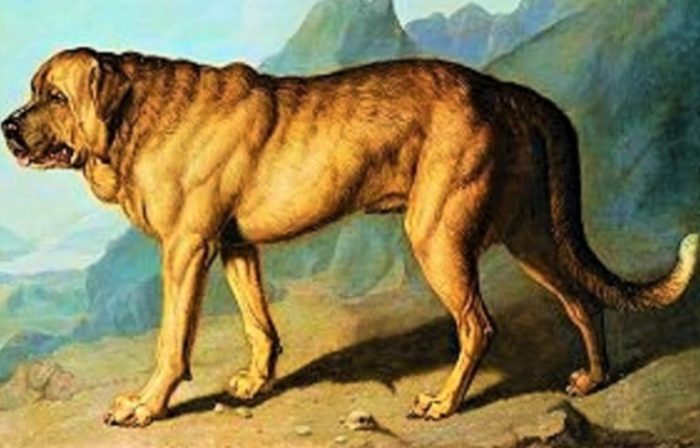It may appear as if we have too many dog breeds around today, so much that they seem uncountable. When you think that you have seen them all, another rare breed will surface from nowhere. However, we must consider the fact that we never thought to factor in the extinct dog breeds when taking records of the dogs that have existed on earth; what this means is that there used to be a lot more than what we are seeing today.
Note that all canine breeds came from human domestication and even the extinct ones were put to similar functions as their contemporaries. These dogs were created to meet man’s needs at every point in time and when that particular job is done, they gradually slip into extinction due to neglect. Many canines worked as hunting dogs, watchdogs, rescue dogs, as well as companion buddies. Below is a list of dog breeds that have gone into extinction.
Table of Contents
1. Talbot
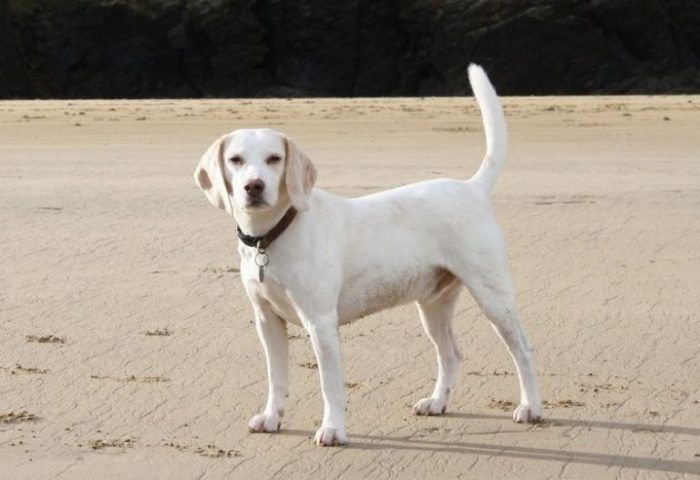
Individual hounds were called Talbot during the medieval times, however, historical records from the 17th century showed the name as belonging to one specific breed. The origin of this extinct breed can be traced to the Middle Ages in Normandy. The pup is credited as the Bloodhounds and Beagles’ ancestor but went into extinction around the last leg of the 18th century. To date, the legacy of the Talbot lives on and is recognizable in some English pups referred to as “Talbot Arms.“
Since it was used as a hunting hound, going into extinction didn’t come as a surprise because humans no longer have the need for hunting dogs, at least to a great extent. Nevertheless, its descendants, including the Bloodhounds, are doing a good job serving a similar purpose to humanity. From the descriptions of the breed, it was white with short strong legs. Other physical characteristics include long drooping ears, a tiny waist, and a long curled tail.
2. English White Terrier

Another one of the extinct dog breeds is the English White Terrier, otherwise known as Old English Terrier, or White English Terrier, which is the unsuccessful show ring name belonging to the pricked-ear version of those white fox-working terriers. These existed in the United Kingdom since the late eighteenth century.
In 1960, a few breeders invented the name “English white terrier” out of their anxiety to develop a new breed out of a prick-eared version of the petite white-colored working terriers, which they later developed into the Jack Russell Terrier, Fox Terrier, the Sealyham Terrier and much later in the US – the Rat Terrier and Boston Terrier. Thirty years after it surfaced on the Kennel Club scene, the English White Terrier slowly slipped out of existence because it couldn’t sustain man’s interest for long.
3. English Water Spaniel
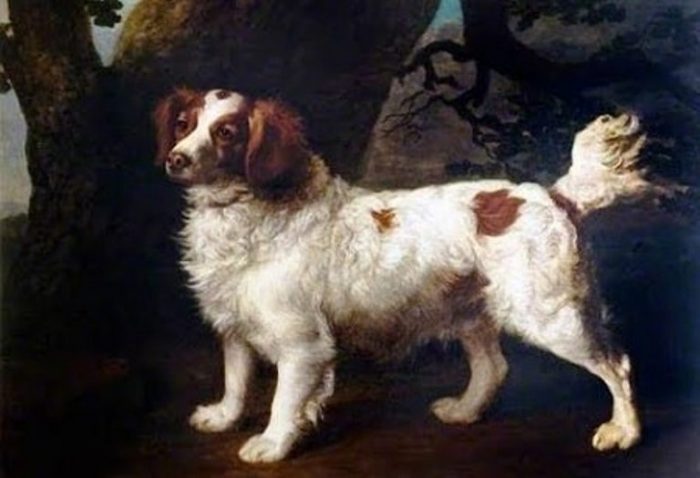
The pup was not called the English Water Spaniel for the sake of it; it actually gained popularity for its ability to navigate the waters in the same way as a duck. Appearance-wise, the pup was said to be close in resemblance to the Border Collie and was last seen around 1930, albeit during the last part of the year. A 1500 book, which gave a vivid description of the breed points to the fact that it was already in existence at the time. The canine is an ancestor to the American Water Spaniel and the Curly Coated Retriever.
4. Salish Wool Dog
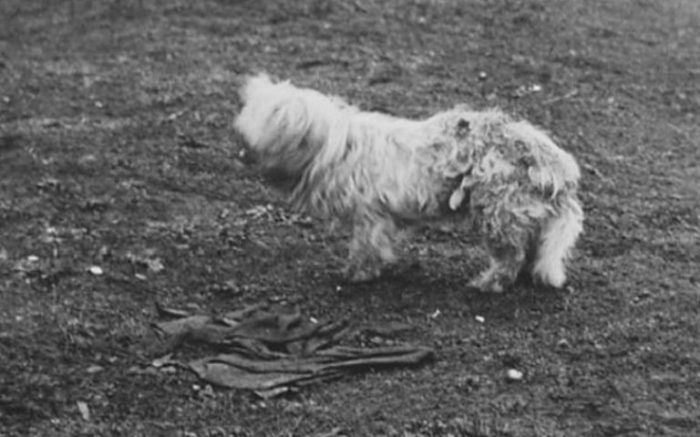
Salish Wool dogs originated from America and its environs, particularly in the areas we know today as British Columbia and Washington State. Sheep were not part of the livestock in the tribe at the time, thus, they resorted to shearing the Salish Wool Dog’s coat during the early part of summer; the wool went into the production of blankets and several other forms of textiles.
The pup became part of the extinct dog breeds following the arrival of Europeans who introduced sheep to the Coast Salish tribe, reducing the usage of this dog’s fur for blankets. Sheep later took the lead in fur production as the dog gradually disappeared into the past, never to be seen again. A specimen of the breed was brought to the National Museum of Natural History in 1859 and has remained there to date.
5. Old English Bulldog
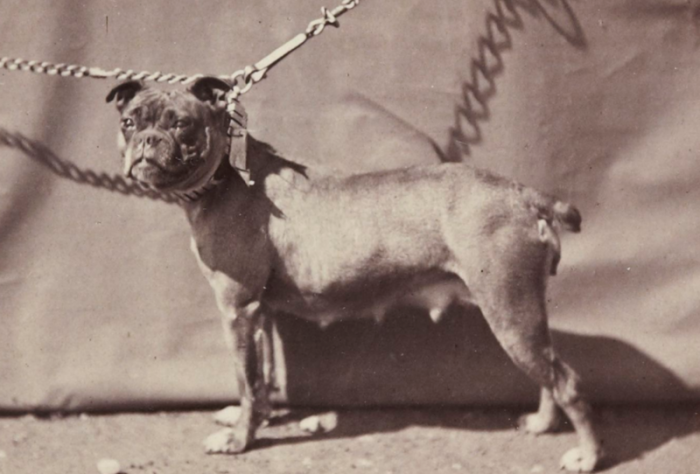
Earlier in the 19th century, the Old English Bulldog was extensively used for dogfighting and bull-baiting in London. The two sports were part of the activities that were checkmated by the 1935 passage of the Cruelty to Animals Act. In addition to leading to a huge decline in brutal sports, the act also reduced people’s interest in the breed, which eventually led to its extinction.
The foregoing puts the Old English Bulldog among extinct dog breeds that outlived their relevance in the world because humans no longer found them useful. So far, several attempts have been made by modern-day breeders to bring the breed back but the Olde English Bulldogge and the Leavitt Bulldog are the closest they could get. The two descendants of the Old English Bulldog may share physical features with their ancestors but the aggressive nature of the fighting dog is not well represented.
6. Cumberland Sheepdog
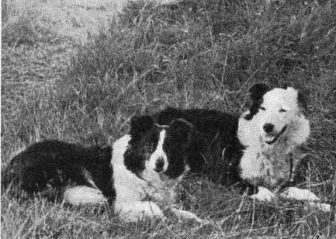
The origin of the Cumberland Sheepdog remains unknown; however, history has shown that the breed had close blood ties with the Border Collie and the Australian Shepherd. The only definite information about the breed is that it disappeared around the earlier part of the 20th century.
According to the records, a known breeder crossed some German Shepherds with his Cumberlands. Many are of the belief that the original breeds that were left got absorbed into what we know as the Border Collie.
7. Braque du Puy
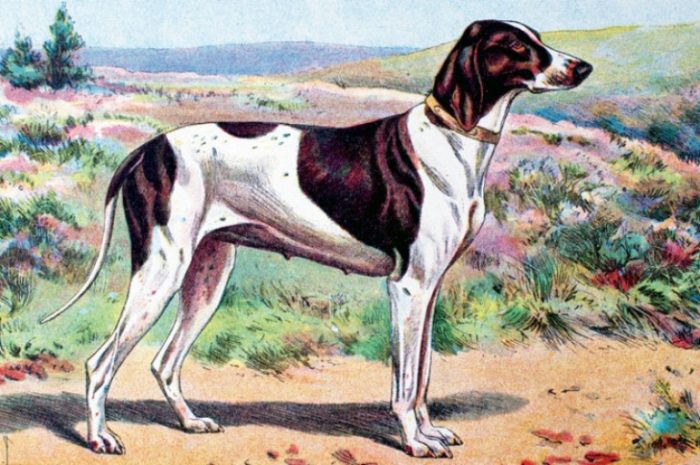
According to history, a couple of brothers called du Puy were responsible for the creation of the Braque du Puy breed in the 19th century. They achieved this by cross-breeding a North African Sloughi with their Braque Francais. There is the possibility that the two breeders crossed Braques over and over again with greyhound-type pups to finally arrive at the breed, which was known to be flexible, swift as well as ideal for hunting activities.
Braque du Puy came in white color with orange marks on the coat. The hound-like appearance of the was often categorized as either medium or large size, depending on how big the dog grew.
8. Alaunt
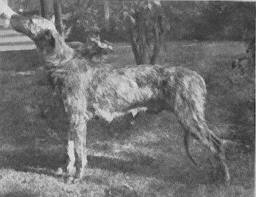
This is one of the extinct dog breeds that lived in Europe and Central Asia from prehistoric times through the seventeenth century. There are quite a handful of contemporary canine breeds that are believed to have descended from the Alaunt. The foremost Alaunt breed was realized in three distinct pheno-types: Alaunt Boucherie, Alaunt Veantre, and the Alaunt Gentile
All members of the Alaunt dog breed were short-coated, sporting different shapes and sizes of head. One thing they had in common, however, is their huge body mass. Some cynologists see the Alaunt as the ancestor of the original breeds of bulldogs.
9. Alpine Mastiff
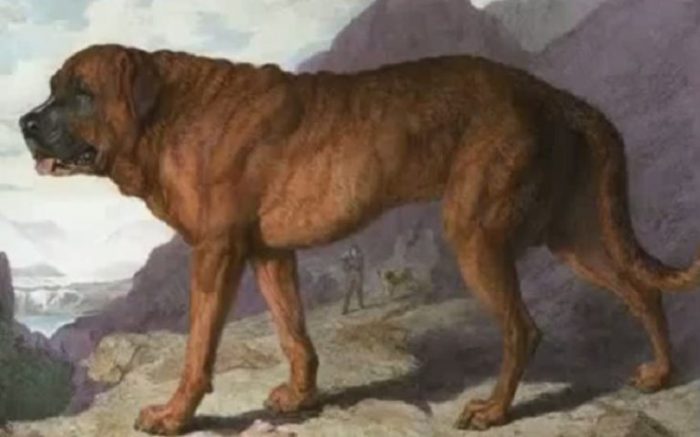
It is an established fact that the Alpine Mastiff belongs to the Molosser breed, and is the ancestor of the huge Saint Bernard and several other Mastiff breeds. The pup is rated among the first to actually achieve a truly enormous size. This extinct dog breed left the scene around the 1990s; however, the rumors have it that there are still breeders who are making conscious attempts at recreating the dog by crossing the Great Danes, Saint Bernards, and Great Pyrenees, with the Bernese Mountain Dog.
10. Moscow Water Dog
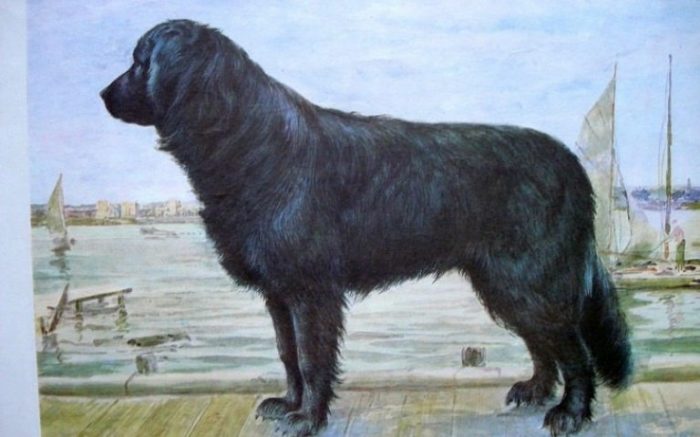
The Moscow Water Dog was created by the Russian army after the Second World War. Their aim of developing the breed was to use them in performing water rescues, but it would appear that the dog’s temperament sabotaged their effort. Contrary to the reason behind its creation, the Moscow Water Dog was more on the aggressive side and tended to bite the drowning sailors instead of rescuing them.
Having turned out to be a failure, the Moscow Water Dog subsequently joined the myriad of extinct dog breeds the world may never see again. Notwithstanding, it left a descendant – the Black Russian Terrier, which was developed from the extinct breed.
11. Alpine Spaniel
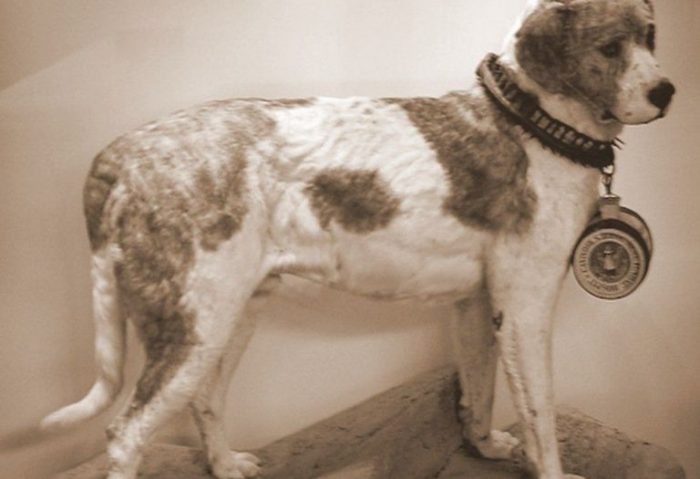
The Augustinian Canons made extensive use of the Alpine Spaniel in mountain rescues. These canons were responsible for running hospices in the area of the Great St. Bernard Pass. The Alpine Spaniel belonged to the large dog breed known for its dense curly coat. One of the breed’s most popular specimens is Barry, but its preserved body has undergone several modifications to conform with descriptions of the extinct dog breed from earlier periods.
Authors discussed extinction of the breed as a possibility around the 1830s and before 1847, the outbreak of some diseases reduced the entire breed to just one sample. Though the pup later disappeared, it is believed to be the predecessor of the Clumber Spaniel and the present-day St. Bernard
12. Molossus
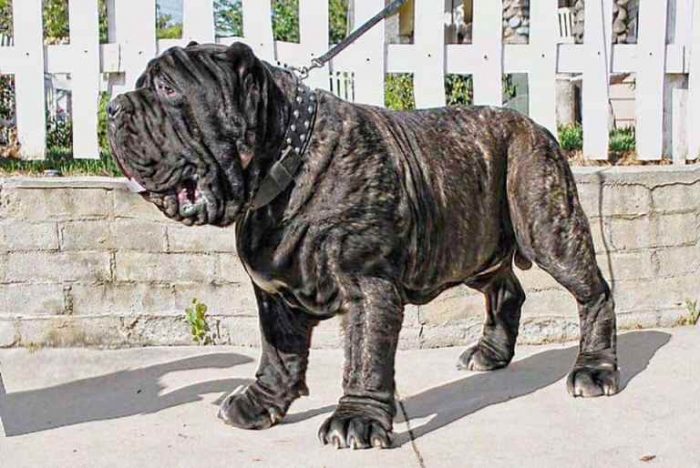
The primeval Molossus breed is believed to be an ancestor of the modern-day’s Mastiff-style breeds. Its original purpose has been debated by scholars; some claim they were bred for fighting, while several others believe the breed was created for the purpose of hunting and protecting the territory in both homes and livestock farms. While we may never know its original purpose, the pup truly made its mark in history, earning a mention from legends like Virgil and Aristotle.
13. Dogo Cubano

The breed is also known by three other names Cuban Dogo, Cuban Mastiff, and Cuban Dogge. Originally from Cuba, this extinct dog breed functioned as a fighting dog. The Bull Mastiff type of pup was introduced into Cuba for the purpose of tracking and capturing escaped slaves, and went into extinction at the end of the nineteenth century, thanks to the abolition of the slave trade.
Though there are no traces of pure Dogo Cubanos left, reports point to the fact that the pups used in the present-day Cuban fighting pits descended from the crossing between Cordoba Bulldogs, Pit Bulls, Dogo Argentinos, and some pure Dogo Cubanos that were still around at the start of the twentieth century. The modern-day descendant of the Dogo Cubano is far stronger and larger than its ancestor and is close in resemblance to the American Pit Bull Terrier.
14. Palsey Terrier
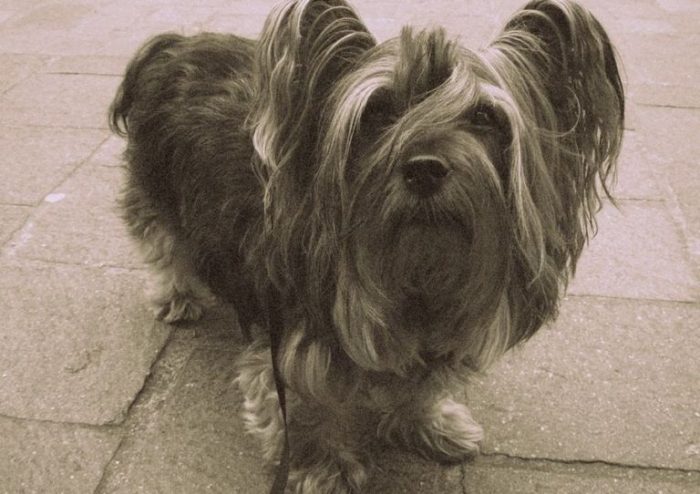
The Palsey Terrier originated from Scotland and was a small dog breed developed from Skye Terriers to function as show dogs and companion animals. The pup is known for its very short life expectancy; developed around the 19th century, it became extinct at the beginning of the 20th century. They had very beautiful coats that required high maintenance, which is believed to be one of the reasons the breed’s popularity could not be sustained.
Like most extinct dog breeds, humans didn’t see the need to keep the Palsey Terriers around, thus, the disappearance of the beautiful pet dog.
Read Also: Dog Vaccinations Schedule You Should Follow
15. North Country Beagle
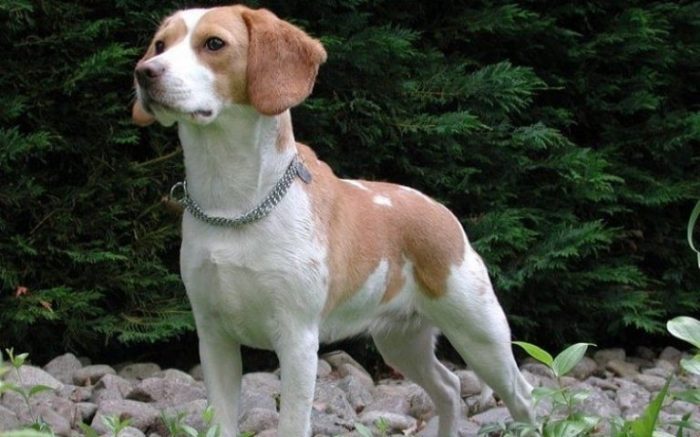
Before we conclude this write-up on some of the extinct dog breeds you never knew existed in the world, the North Country Beagle deserves a mention. Also called Northern Beagle or Northern Hound, the pup existed around the early 19th century in Britain.
We cannot tell exactly when it went into extinction, but there is the likelihood that the dog was interbred with several other breeds through a gradual process. More pronounced among the other breeds is the contemporary Beagle. This continued until the bloodline of the original North Country Beagle ceased to exist.
Conclusion
Looking at the history of some of the world’s extinct dog breeds, it’s easy to deduce that a good number of the pets we see today may not be here in the nearest future. These animals are mostly created to satisfy a particular human craving and when that need has lost its relevance, the animal will naturally die of neglect.
Once they outlived their relevance, these extinct dog breeds continued to lose their popularity in the dynamic society until there is no sample remaining. On the bright side, however, most of the extinct dog breeds became ancestors to some of the popular breeds that are still treading the earth today.
